Using public key authentication in PuTTY provides a secure method for connecting to a remote OpenSSH server. This approach uses a public key on the server and a matching private key on the local client. PuTTY requires the key in ppk format to ensure compatibility with its authentication mechanism.
Generating or converting an existing OpenSSH key into a ppk format is crucial before attempting a key-based connection. Tools like PuTTYgen transform traditional OpenSSH keys into ppk format, allowing PuTTY to authenticate without relying on passwords.
Many organizations benefit from the robust nature of public key authentication, which reduces the need for password prompts and lowers the risk of brute force attacks. The protected, encrypted keys mitigate potential unauthorized access and help maintain data integrity.
Steps to connect to SSH server using public key method in PuTTY:
- Create a public and private key pair if you don't already have one.
- Copy your public key to server's authorized_keys file.
- Launch PuTTY.
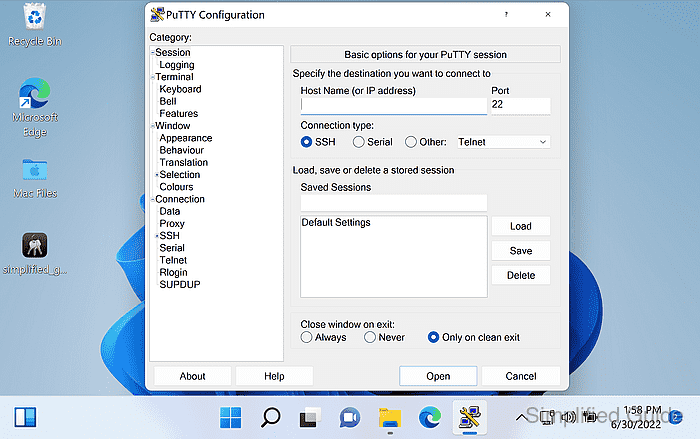
- Enter connection details such as Host Name / IP address and port.
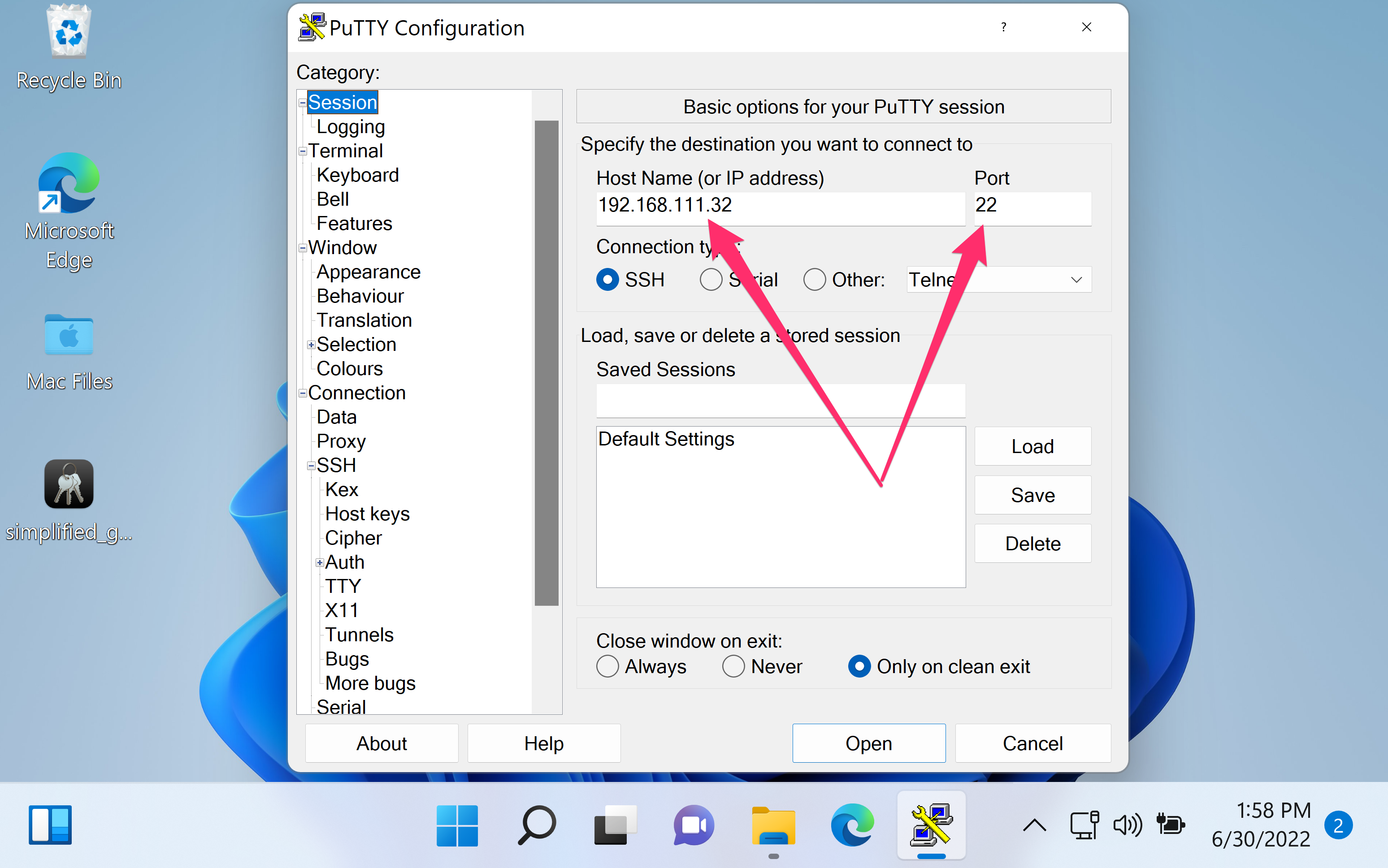
- Navigate to Connection → SSH → Auth from the sidebar menu.
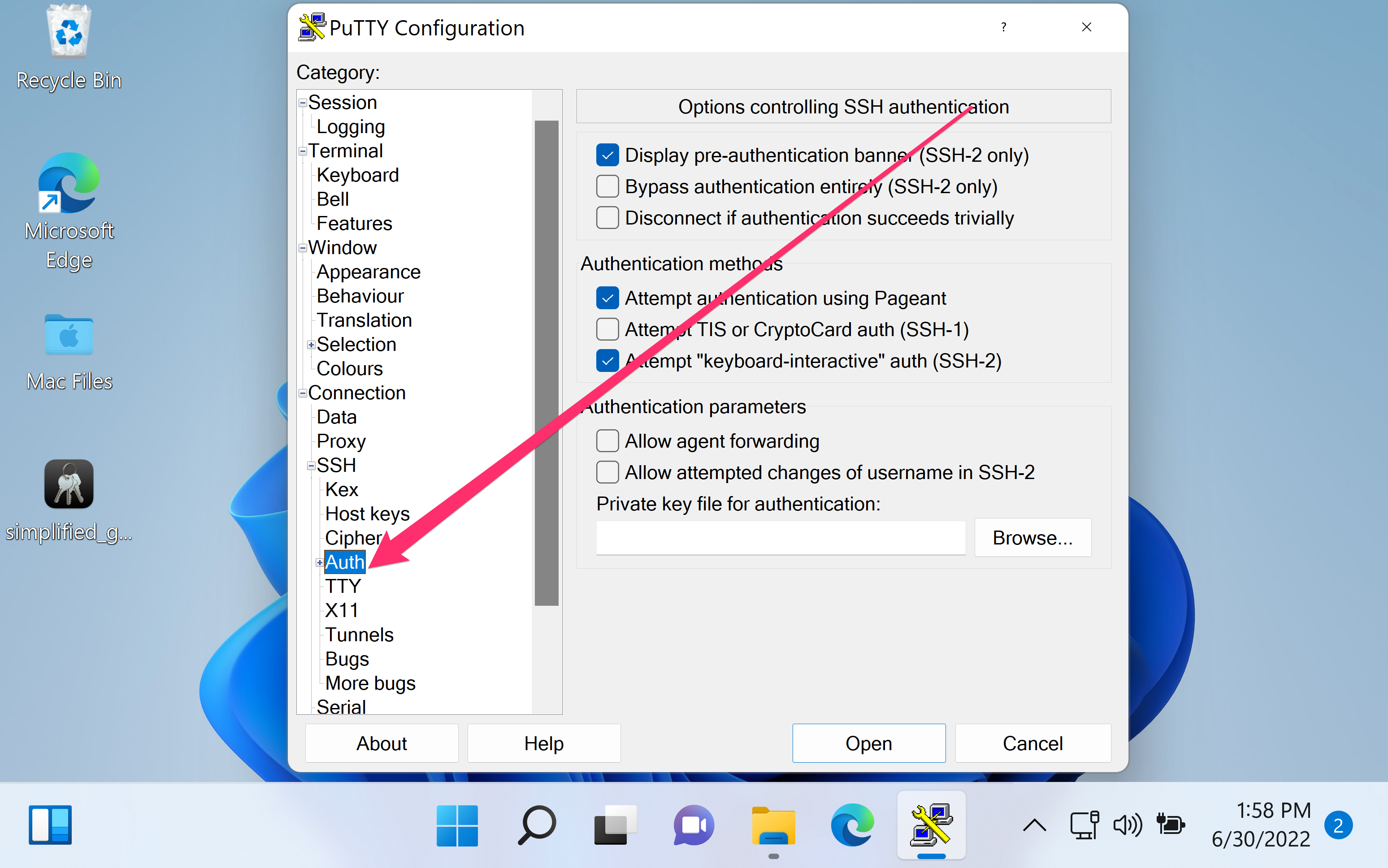
- Click on the Browse button to look for your PuTTY Private Key.
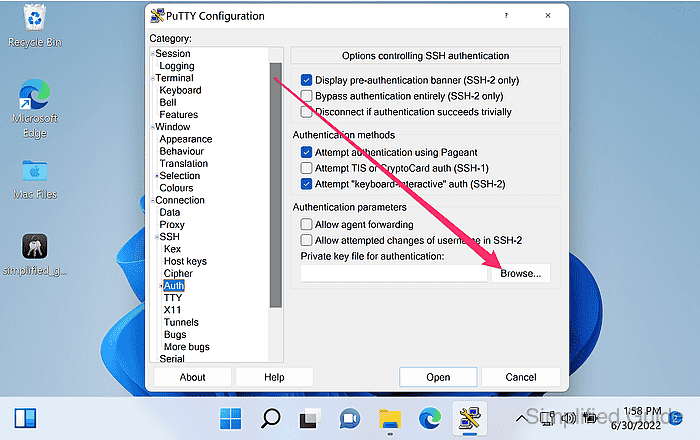
- Select your PuTTY Private Key from the stored location and click on the Open button.
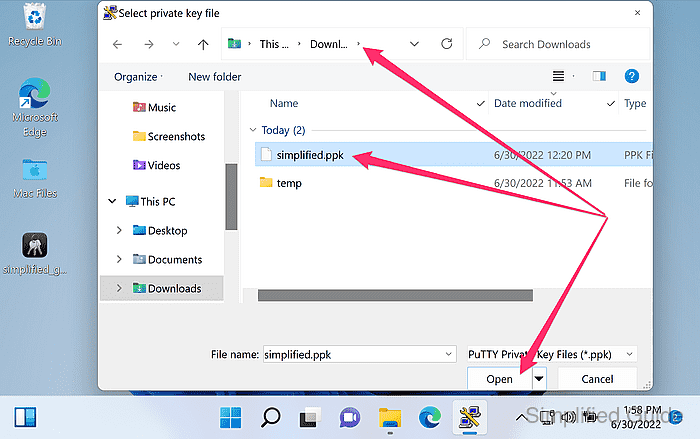
- Click on the Open button to start the connection.
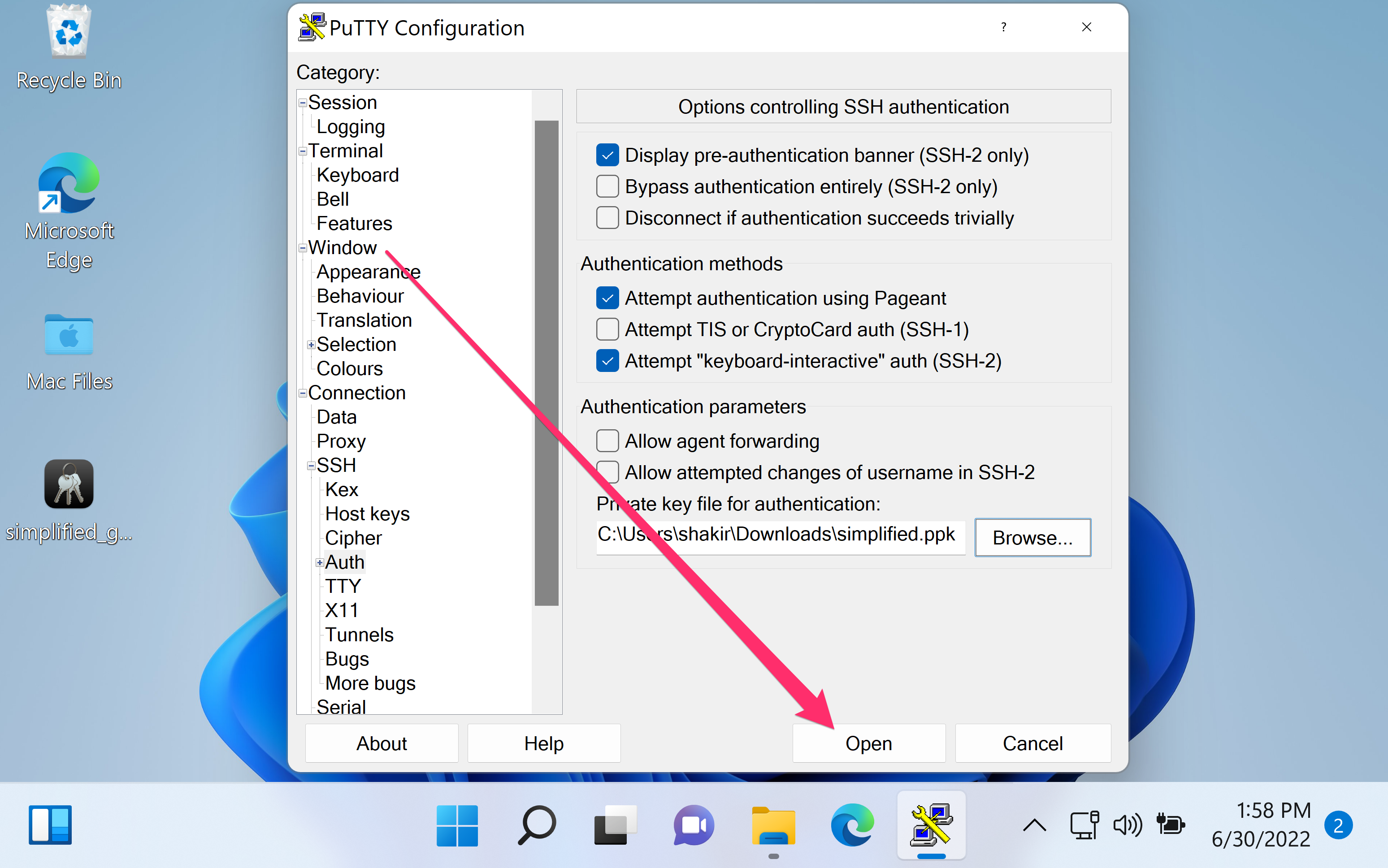
- Click Yes if a security alert pops up as this is your first connection to the server and the server's key fingerprint is not in your PuTTY's cache.
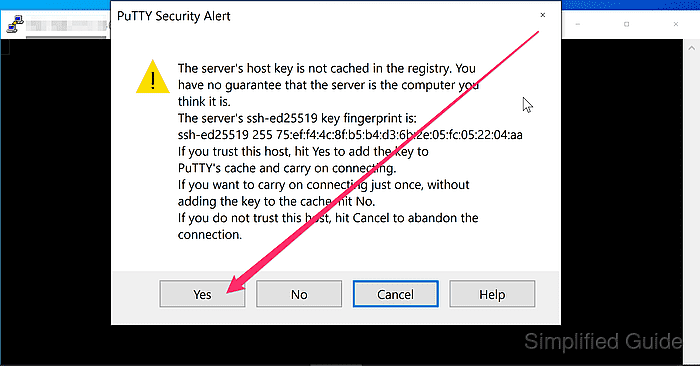
- Enter the username that you want to connect as and press enter.

- Enter the passphrase for the key if a passphrase protects your key.
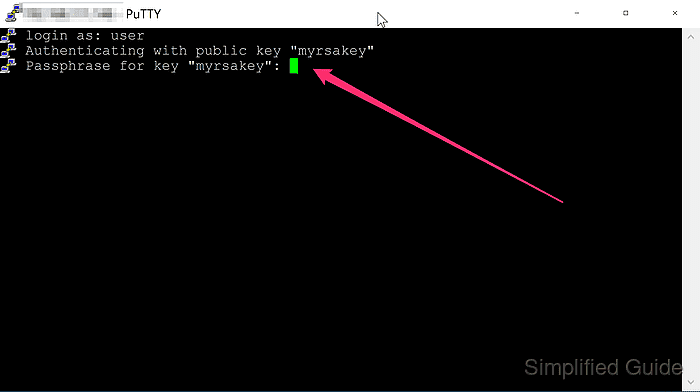
- You should be able to log in without providing your password to the system.


Mohd Shakir Zakaria is a cloud architect with deep roots in software development and open-source advocacy. Certified in AWS, Red Hat, VMware, ITIL, and Linux, he specializes in designing and managing robust cloud and on-premises infrastructures.
Comment anonymously. Login not required.
